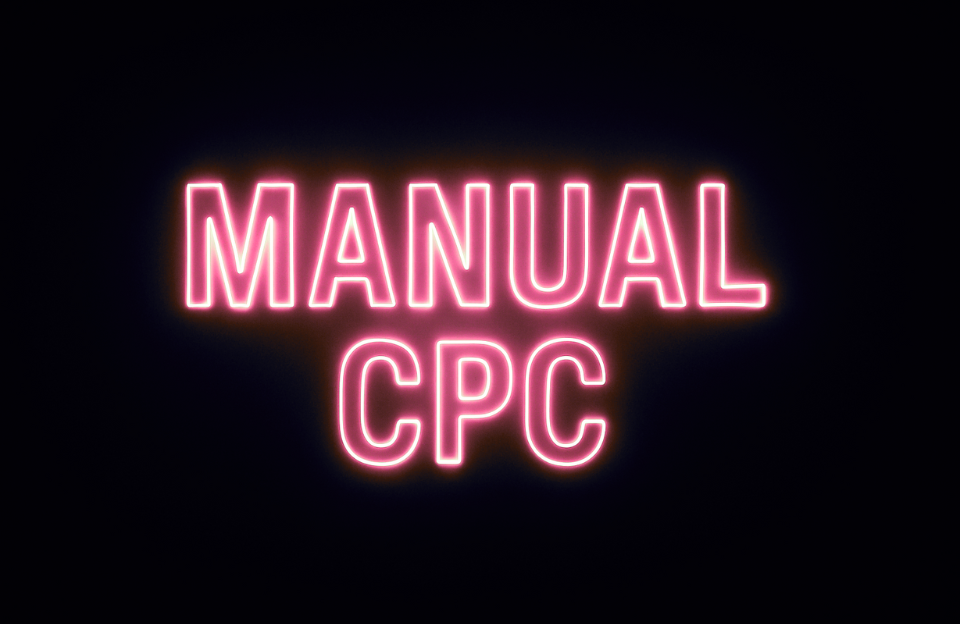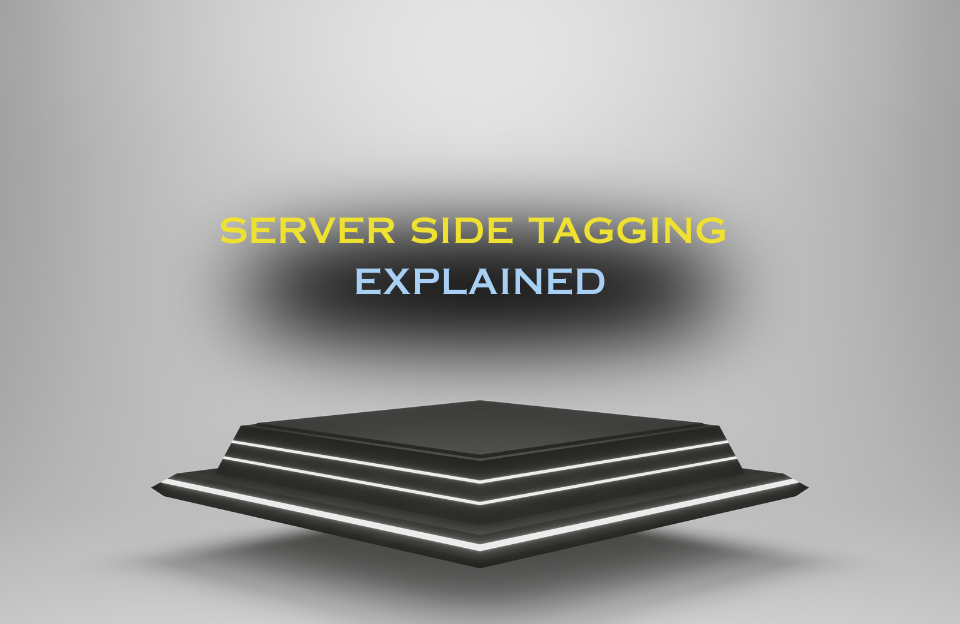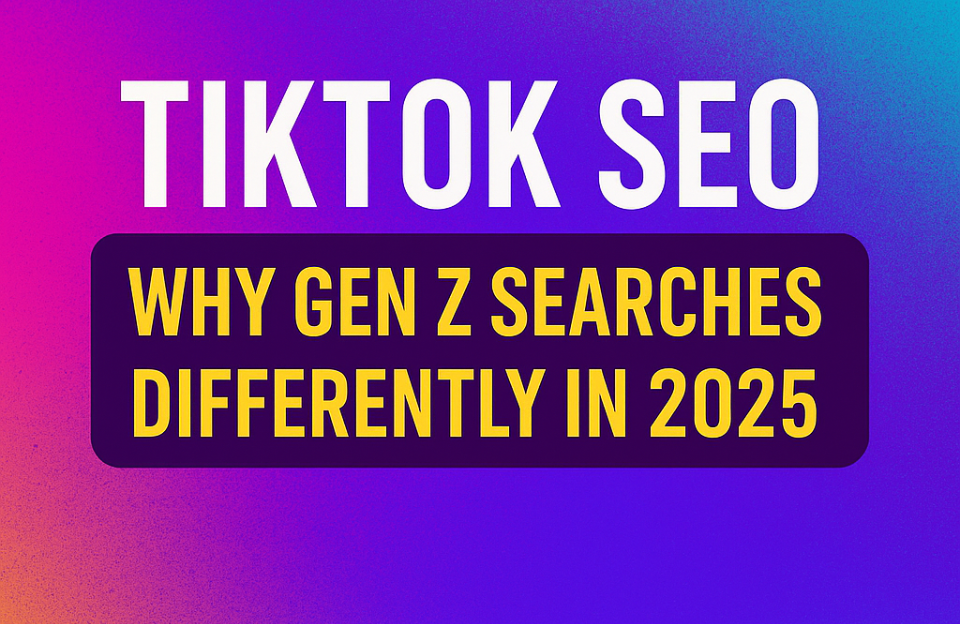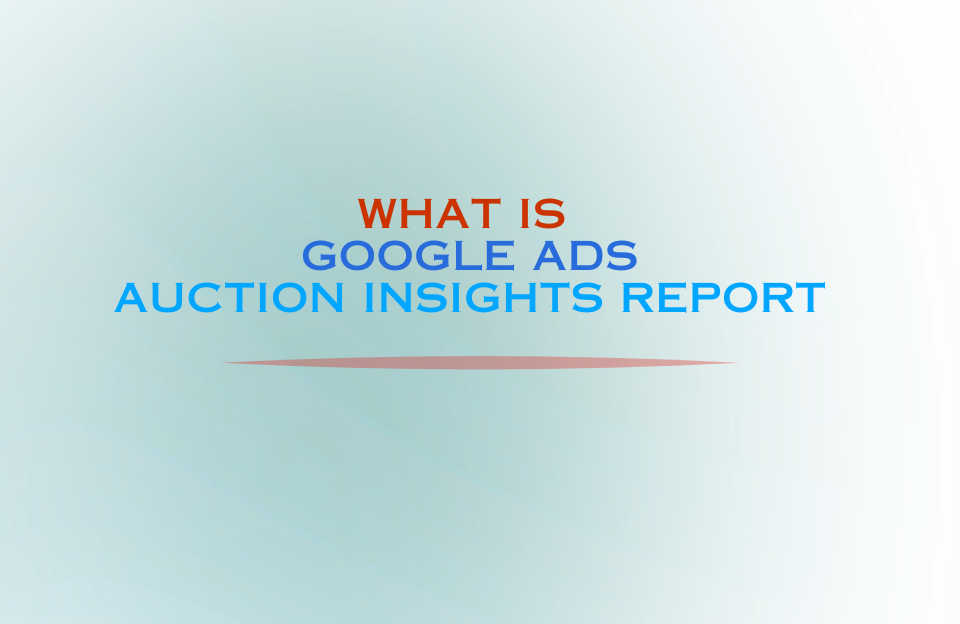Manual CPC (Cost-Per-Click) bidding is a traditional bidding strategy in Google Ads that gives advertisers full control over their keyword-level bids. While automated bidding strategies like Target CPA and Maximize Conversions have gained popularity, Manual CPC still has its place—especially for advertisers who want granular control over their campaigns.
What is Manual CPC?
Manual CPC is a bidding strategy that allows you to set your own maximum cost-per-click for each keyword or ad group. You decide how much you’re willing to pay when someone clicks your ad, rather than letting Google automate it. This control lets you prioritize high-performing keywords and restrict bids on less valuable ones.
You can set bids at the:
- Campaign level (default)
- Ad group level
- Individual keyword level
How does it work?
When someone searches for a term relevant to your keyword, Google includes your ad in the auction. The position of your ad is determined by your bid (max CPC) multiplied by your Quality Score. Manual CPC allows you to manually influence this by adjusting your bids based on performance and goals.
You also have the option to enable “Enhanced CPC” (ECPC), which allows Google to adjust your manual bids slightly in real-time based on the likelihood of conversion—without fully automating the bidding.
When should you use Manual CPC?
Manual CPC is ideal when:
- You want full control over how much you’re paying per click
- You’re optimizing a smaller campaign where individual keyword performance matters
- You’re experienced in PPC and want to fine-tune performance manually
- You’re testing keywords before switching to smart bidding
Manual CPC is especially useful in niche campaigns, low-volume segments, or when testing very specific keyword strategies.
Pros and cons of Manual CPC
Pros:
- Complete control over individual keyword bids
- Useful for testing and fine-tuning strategy
- Ideal for advertisers with PPC experience
- No dependence on Google’s algorithm
Cons:
- Time-consuming to manage manually
- Lacks automation and real-time adjustments
- May miss out on auction-time bidding opportunities
- Less scalable for large or dynamic campaigns
Practical example: Local business campaign
Let’s say you run a local bike repair shop and want to advertise for specific services. You decide to set up a campaign with Manual CPC.
- You bid €0.50 for “bike repair near me”
- You bid €0.30 for “bicycle chain replacement”
- You bid €0.70 for “emergency bike service”
After two weeks, you analyze performance:
- The €0.30 keyword has low CTR and few conversions, so you reduce the bid
- The €0.70 keyword converts well, so you increase it to €0.90 to win more impressions
This level of control helps you maximize value without overspending.
Case: Precision Prints – Small e-commerce brand
Precision Prints is a niche e-commerce store that sells personalized office supplies like engraved pens and custom notebooks. Because they have a limited product range with high margins, they want to ensure their ad spend goes toward very specific, high-intent keywords.
They use Manual CPC to:
- Bid higher (€0.85) on keywords like “buy engraved pen” and “custom notebook for gifts”
- Lower bids (€0.20–€0.30) for broader terms like “office gift” or “stationery store”
With Manual CPC, they can adjust bids weekly based on profit margins and seasonal trends, giving them full control over which products get visibility while staying within budget.
How to set up Manual CPC in Google Ads
- Log in to your Google Ads account
- Create or edit a campaign
- Go to “Settings” > “Bidding”
- Choose “Manual CPC” from the bidding options
- Set your default bid and adjust at keyword level if needed
- Optionally enable Enhanced CPC
Tips for Manual CPC success
- Regularly review and adjust keyword-level bids
- Monitor Quality Scores to ensure efficient bidding
- Combine with ad scheduling and location targeting
- Use bid modifiers for device, location, and audience
- Consider ECPC if you want light automation without losing control
Conclusion
Manual CPC gives advertisers the power to directly manage their bids and optimize based on performance, not just automation. It’s a great option for smaller campaigns, granular control, and testing. While it may not scale as well as smart bidding, it remains a valuable tool in the right hands—especially when precision matters.




